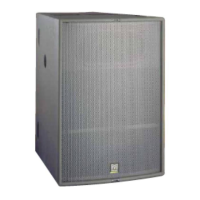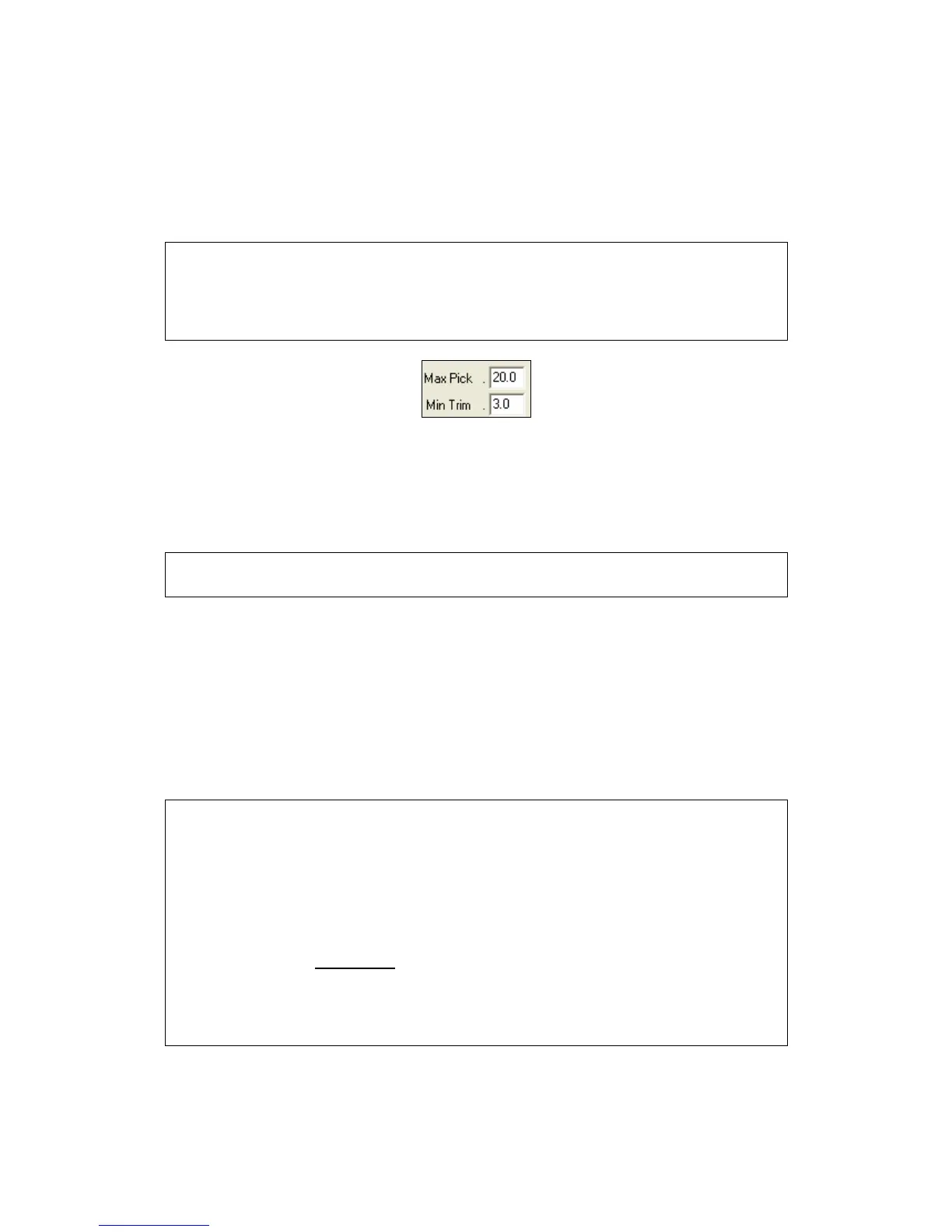5.5.8 Designing a flown array
Minimum trim height
This is the low limit for the array and is defined as the smallest allowable distance
from the lowest point of the array to the ground below.
You should set the minimum allowable trim height by sight line considerations.
Work this out from venue information gathered from venue and stage set information.
Make sure the array does not restrict the audience view from 1.8m above the highest
audience plane to 2m above the highest upstage artist position.
Maximum pick height
Set this to the maximum array height allowable (usually the highest part of the flying
frame).
The maximum pick height is usually chosen to allow for the maximum flying point
height minus a sensible allowance for any shackles, stingers, bridles or flying hooks.
1m should be allowed for a stinger between each grid flying lug and the relevant
motor hook to ensure that motor chain bags do not rest on the grid or top cabinet and
upset its tilt angle.
Array Height
Set the array height for best coverage. It refers to the highest point of the array but
does not include shackles, stingers, bridles or flying hooks.
Array height is an important aspect of line array system design.
A low flown system may interfere with sightlines and may be too straight to provide
the smooth coverage that would be provided by a progressively curved array.
A high flown system may provide smooth coverage – but at the expense of maximum
sound pressure level if the system curvature does not allow small enough inter-
cabinet splay angles for efficient far-field projection. Again, see W8L Series
Applications Guide Section 5.4 to relate maximum source spl to loudspeaker quantity
and curvature.
A system flown too high will be uncomfortable for the audience as the sound source
will not coincide with the performance area.

